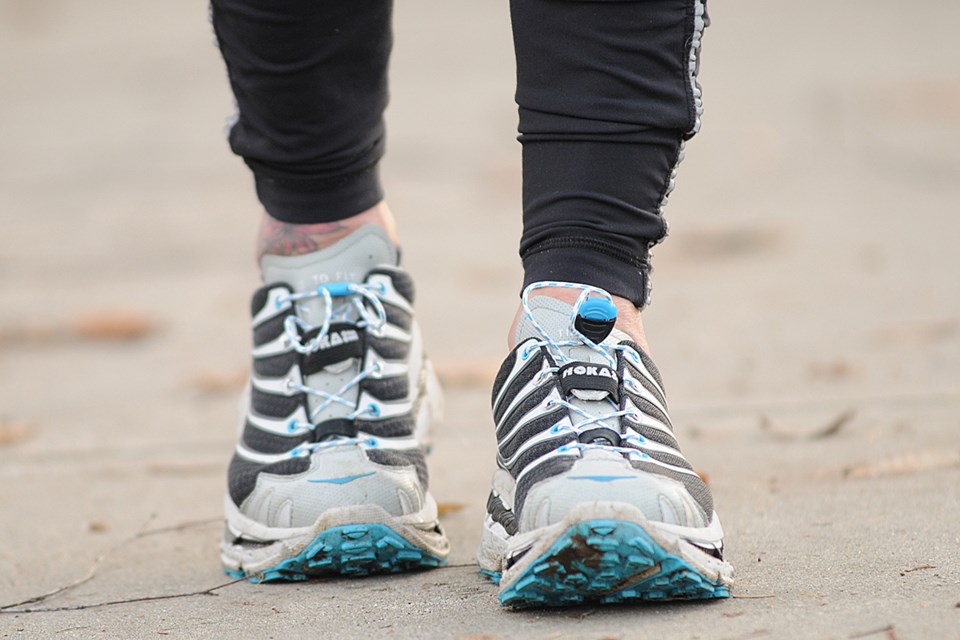How do we know the difference between flash and innovation?
Every new and/or improved product that has been marketed to enhance your performance should be regarded with skepticism. You should question whether or not a product has been improved or simply changed colour to distract you. You should read case studies, ask your friends who have tried it and think critically about whether or not the product is indeed better and if it is the right product for you.
But in the end you are only going to be convinced if you try the product for yourself. So go for it. Try new things but don’t do so blindly. Be skeptical. Ask hard questions and force the manufacturer to own up to its invention and prove why it is bigger, better or improved.
Through research and numerous case studies, all products mature and change. Some evolve for the better, producing a product that either reduces injury or enhances performance. Other products were simply developed to increase sales, spicing up the market by providing a new shiny object to dazzle and distract us from the inflated price tag.
This is the mindset I heard from Kim Hodal, the owner of The Soze Group, a Richmond-based sporting goods distributor. Hodal gave me a pair of to try. If you have ever seen a Hoka shoe, you know it’s the biggest shoe you have ever seen, which was exactly their main objective.
The Hoka shoe was created by Jean-Luc Diard and Nicolas Mermoud. The men and their team took the concept of oversizing — the same concept that improved the performance of skis, tennis rackets and golf clubs — into designing their new shoes.
The oversized mid-sole of the Hoka is intended to reduce impact force and increase stability. The dynamic rocker and minimal heel-to-toe slope is designed to help propel the foot forward more efficiently when the foot strikes the ground.
Even after reading the research, I was extremely skeptical.
But you don’t know until you try, so I promised Hodal I would run a pair of Hokas for six weeks, provided that they didn’t injure me first. I had warned him that I had stopped running for the past two years because of problems in my lower back and Achilles tendon, but this only convinced him more that I’d like the shoe.
Although my vanity still has a hard time getting over the fact that an oversized shoe is not pretty, I must admit I enjoyed running in the Hokas and I didn’t have any returning back or Achilles pain.
After the six weeks were over, I decided to continue running in my Hoka shoes. The extra support in the sole not only helps cushion the impact but I also feel like I’m walking on springs, which make me want to run.
As well, the extra-wide sole does help with stability and although they look like you’re destined to roll an ankle in them, I actually forgot about their size and I haven’t had any issues, even on the trails at Pacific Spirit Park, which is my main running terrain.
Do I think Hoka shoes will solve all of your problems, protect you from injuries or allow you to run longer? No, not necessarily, but if you are looking for any of those things and haven’t found them in your regular running shoe, this is one more avenue for you to investigate on your own.
Kristina Bangma is a coach, personal trainer and writer with a love of riding and racing. Email questions to [email protected].



